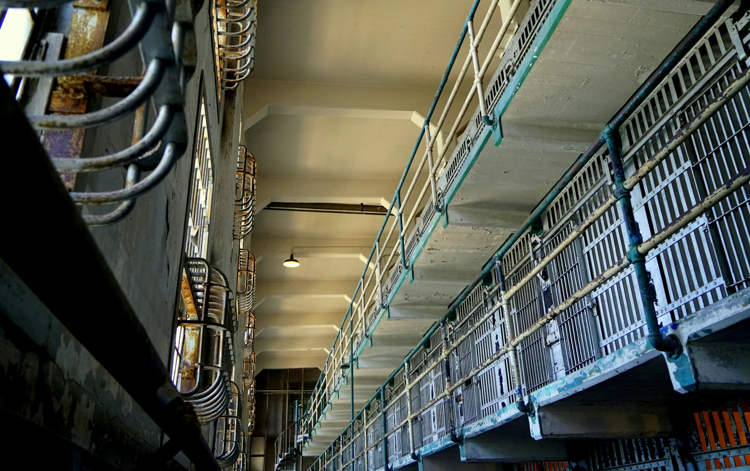Russia is home to a number of unique and wonderful things, and apparently, the list also includes bioluminescent snow that glows blue.
Last month, Russian biologist Vera Emelianenko went for a walk to the White Sea coast, high in the Russian Arctic, and noticed something very unusual in the snow – a blue glow that looked like Christmas lights. With Emelianenko were Mikhail Neretin, the son of a molecular biologist working at the same remote field station, and two dogs. It was Neretin wh first noticed the strange blue glow, and as they walked to investigate, they noticed that their footsteps created streaks of ethereal blue “like blue Christmas lights in the snow”. Even the dogs left a glowing trail as they raced ahead, and squeezing the glowing snow in the hand only made it glow stronger.

Photo: Alexander Semenov/Facebook
Semenov was intrigued by the find, so she went back to the station and asked photographer, Alexander Semenov to accompany her so they could document the phenomenon. For about two hours, they both stomped the snow to make it glow, and Semenov took photos that later went viral on social media. Those same pictures were sent out to scientists around Russia, all of whom were intrigued by the phenomenon.
The next day, Vera Emelianenko slipped a snowball of glowing snow under a microscope, and as she waited for it to melt, she spotted some copepods, tiny aquatic crustaceans, in the petri dish. When she poked them with a needle, they lit up a faint blue, indicating that they were the source of the ethereal glow.
Known as “the bugs of the sea”, these creatures are typically found in the ocean at depths of up to 100 meters during the night, but just a few feet at night, when they can cause the eye-catching bioluminescence phenomenon on beaches.
This type of glowing snow had not been seen before at the Russian biological station, even though it has been open for 80 years. Ksenia Kosobokova, an expert on Arctic marine zooplankton at Russia’s Academy of Science in Moscow, said that the rare phenomenon may have been the result of copepods being aught in a powerful current that pushed them ashore and into the snow.






